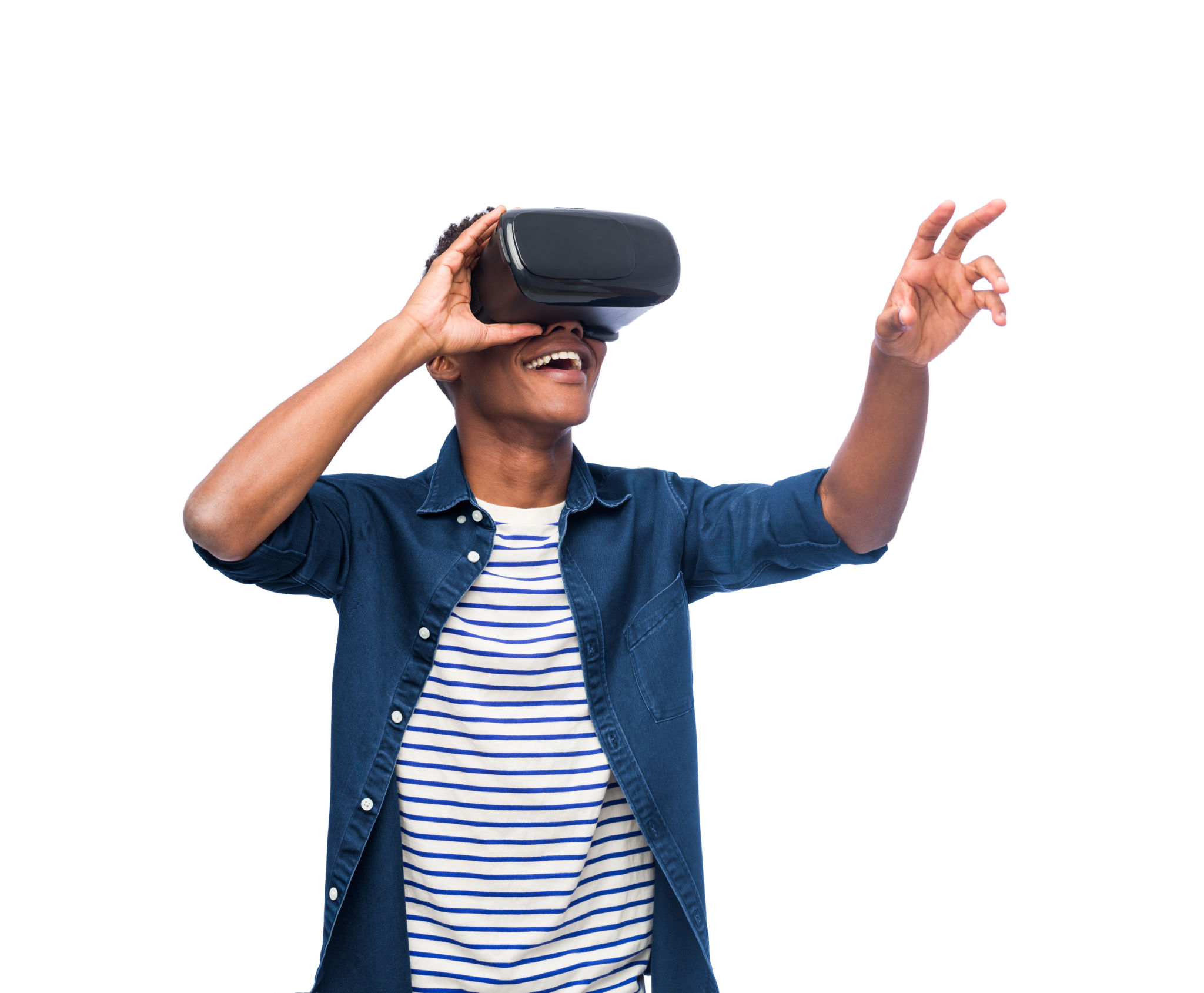The Role of VR in Modern Education: A New Era of Learning
Introduction to Virtual Reality in Education
Virtual Reality (VR) has been revolutionizing various sectors, and education is no exception. By creating immersive experiences, VR is transforming the way students learn and interact with educational content. This technology is not just a novelty; it has become a powerful tool that enhances understanding and retention among learners.
The adoption of VR in education signifies a shift towards more engaging and personalized learning experiences. As students explore virtual environments, they gain access to places and situations that would otherwise be inaccessible due to geographical, financial, or safety constraints. This approach fosters a deeper connection with the material and promotes active learning.

Enhancing Engagement and Understanding
One of the most significant advantages of VR in education is its ability to captivate students' attention. Traditional learning methods often struggle to maintain engagement, especially in subjects perceived as challenging or dry. However, VR provides a dynamic platform where students can interact with 3D models, conduct virtual experiments, and even "travel" through time and space.
For instance, history lessons become vivid as students virtually visit ancient civilizations or significant historical events. Science classes are no longer limited to textbooks; students can explore the human body in detail or witness complex chemical reactions firsthand. This hands-on approach ensures that students not only understand but also remember the material more effectively.
Personalized Learning Experiences
VR allows for a tailored educational journey, catering to individual learning styles and paces. Educators can design VR experiences that address specific learning objectives while allowing students to progress at their own speed. This flexibility is particularly beneficial for students who require additional support or those who excel and wish to explore topics in greater depth.
Moreover, VR can accommodate diverse learning preferences by offering various forms of content delivery, such as visual simulations, auditory narratives, and interactive tasks. This variety ensures that all students have the opportunity to engage with the material in a way that best suits their needs.

Breaking Down Barriers
In many educational settings, access to quality resources is a significant barrier. VR helps overcome this challenge by providing equal opportunities for all students, regardless of their background or location. Schools in remote areas can offer the same high-quality immersive experiences as those in urban centers, bridging the gap in educational equity.
Additionally, VR can play a crucial role in inclusive education. Students with disabilities can benefit from customizable VR environments that accommodate their specific needs, ensuring they receive the same educational opportunities as their peers.
The Future of VR in Education
As technology continues to advance, the potential of VR in education will only grow. We can expect more sophisticated virtual environments, enhanced interactivity, and greater integration with other emerging technologies such as artificial intelligence and augmented reality. These innovations will further enrich the educational landscape, offering unprecedented opportunities for learners worldwide.

In conclusion, VR is ushering in a new era of learning, characterized by immersive, engaging, and equitable educational experiences. As educators and institutions embrace this technology, they pave the way for a future where learning is not just about absorbing information but experiencing it in a meaningful and impactful way.